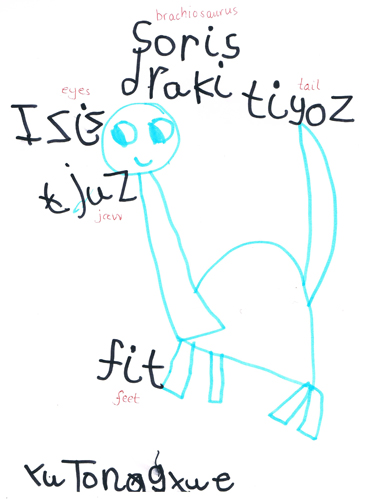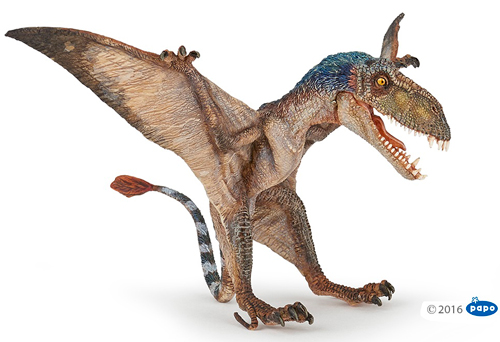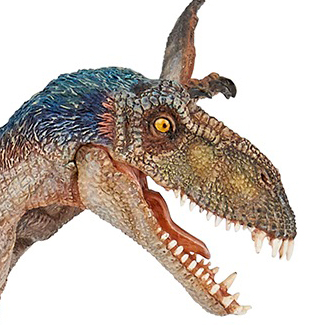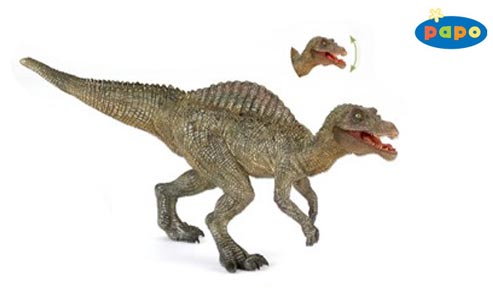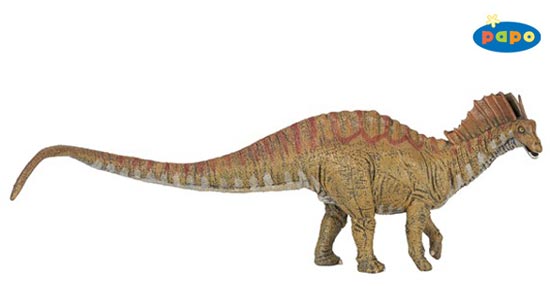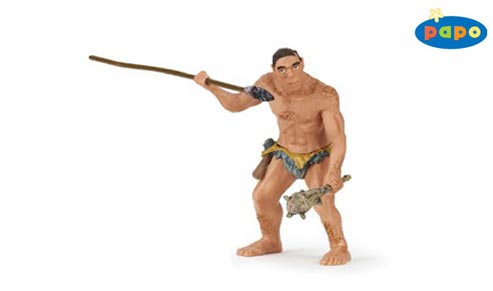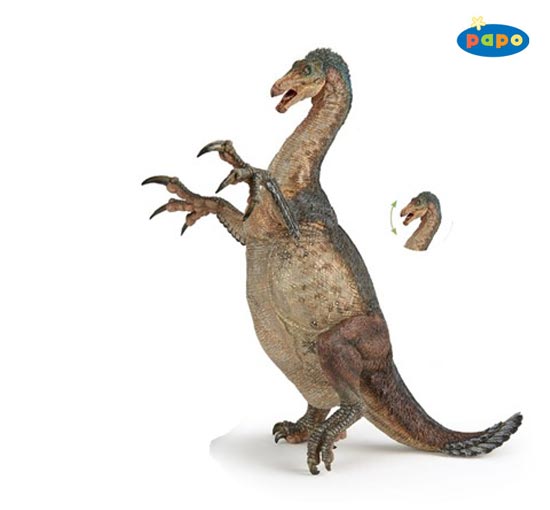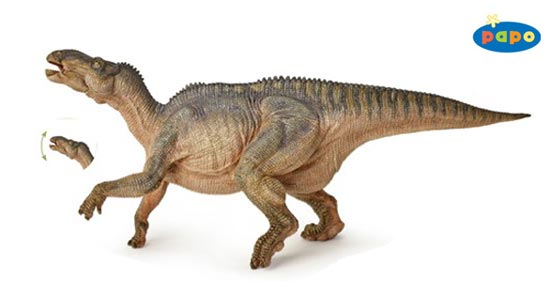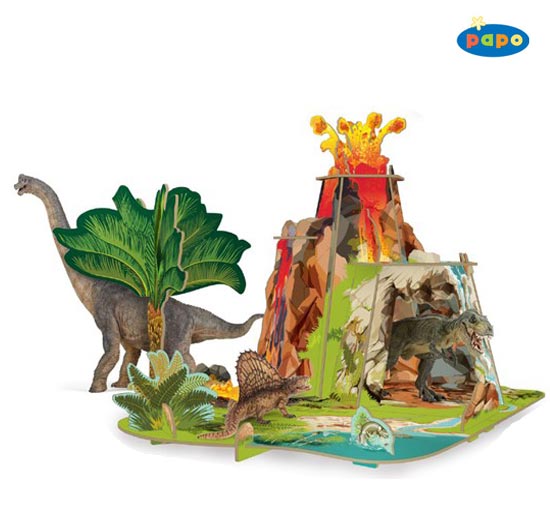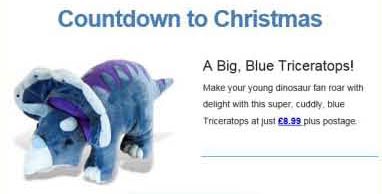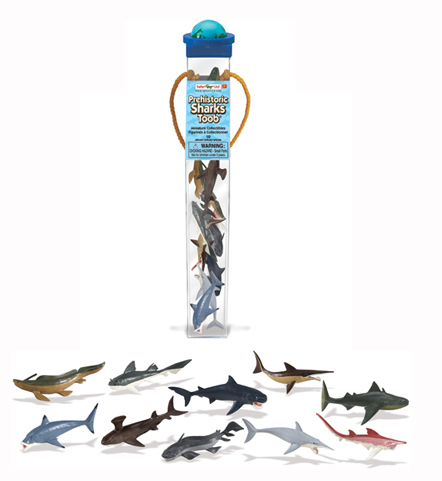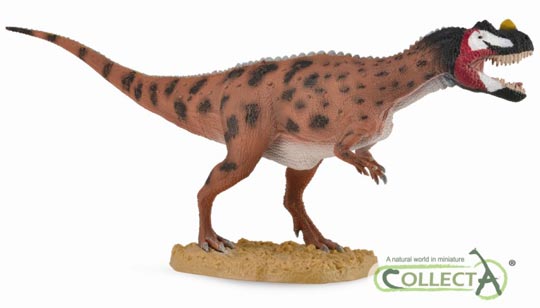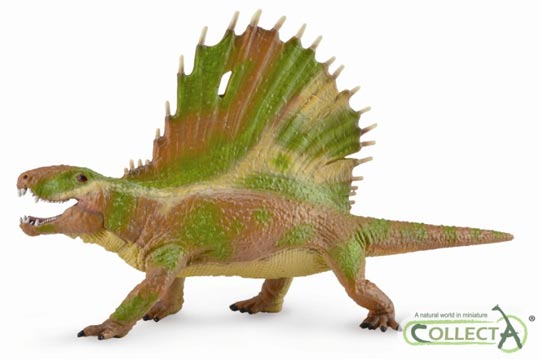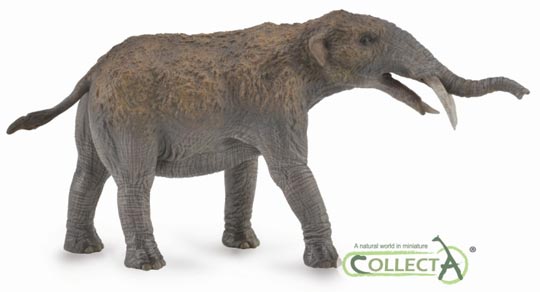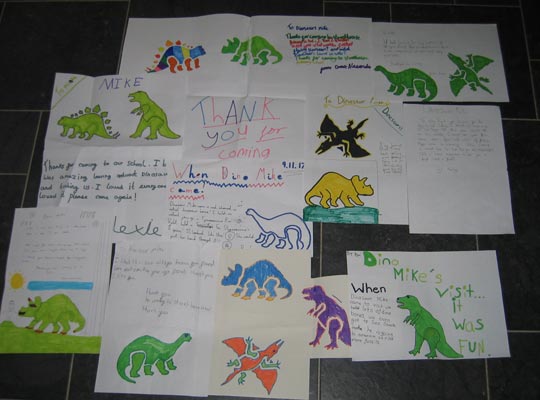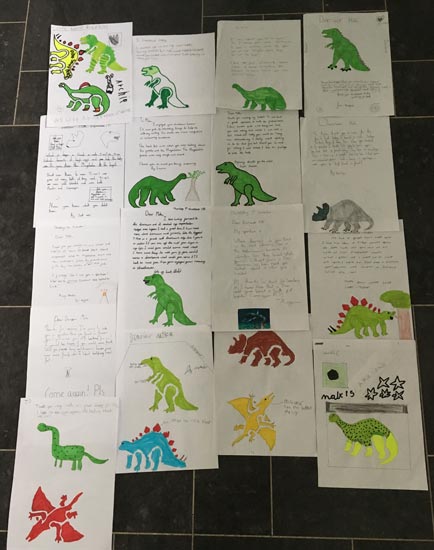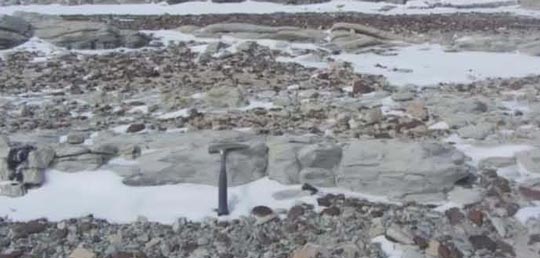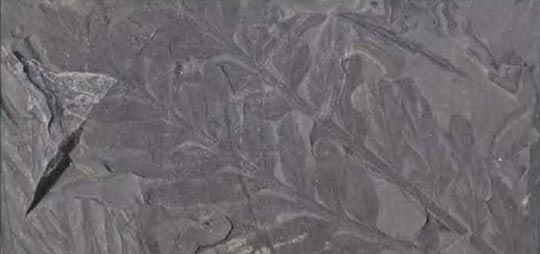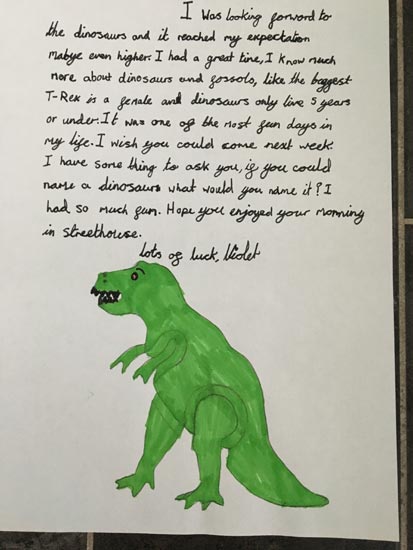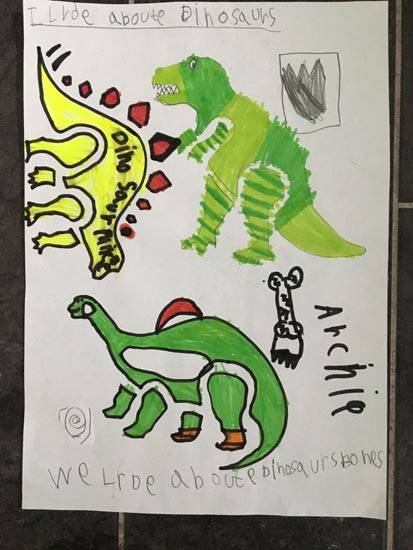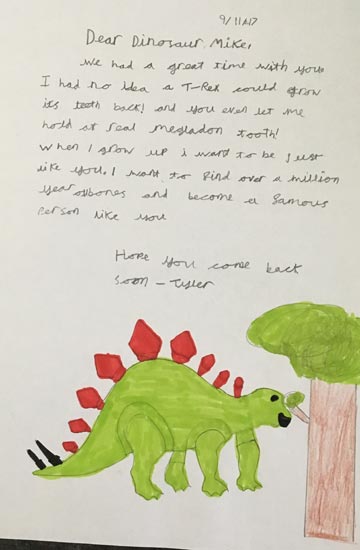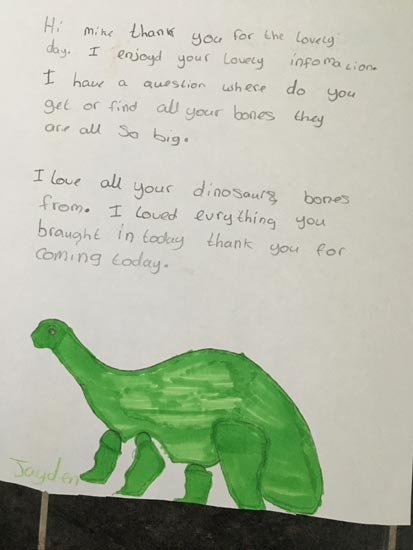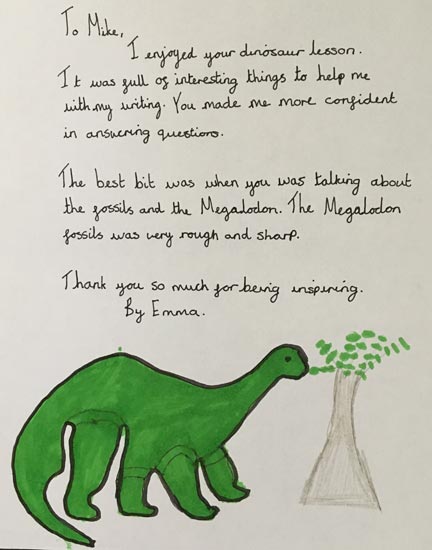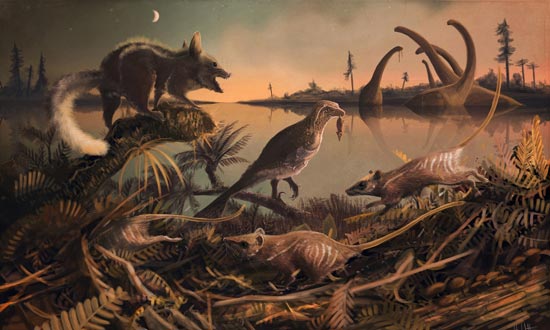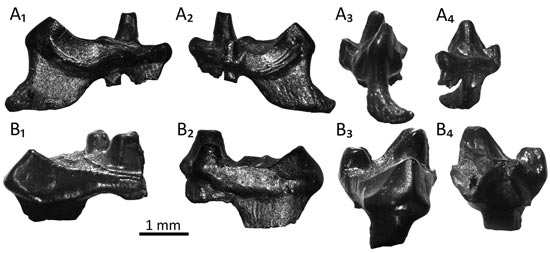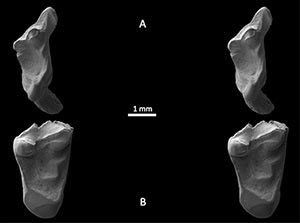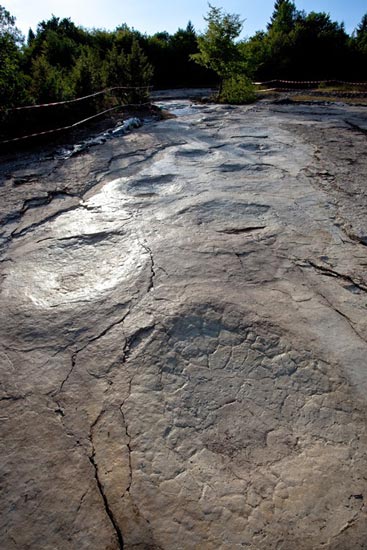Developing Fine Motor Skills in Your Child
Helping to Develop Fine Motor Skills in Young Children
One of our Everything Dinosaur teaching team members was asked the other day by an anxious mother of a three-year-old about the best way to develop fine motor skills in her child. Fine motor control is certainly a key skill that will stand your child in good stead when it comes to school, especially when you consider the dexterity required to hold a writing implement and to form letters. However, the use of pens and pencils are not necessarily required to help your child develop fine motor control.
As a child explores everyday objects and learns about their properties, then motor control will be improved. Simply playing with small objects or even rolling out modelling clay will help your child gain confidence and improve their dexterity.
Fine Motor Skills Are an Essential Key Life Skill
Picture credit: Everything Dinosaur
Fine Motor Skills Defined
Fine motor skills or fine motor control as it is sometimes referred to as, involves a coordinated and confident use of small muscles to enable delicate tasks to be completed successfully. Developing the ability to manipulate and control small objects with the fingers and thumb will be vital as the child begins the process of learning to write. Motor skills develop over time and effective motor control will help the child with numerous activities, not just those involving academic achievement but tasks that help the child gain more independence and self-confidence, tasks such as dressing and feeding oneself.
Parents wanting to help their toddler with their fine motor control, such as the mother of the three-year-old, can simply encourage the child through creative play at home. Activities in which the child has to manipulate small objects are very useful, forming letters using modelling clay, playing with small building bricks, tracing shapes in a sand tray, all these activities can help a child build strength in their fingers and dexterity.
Playing with Plastic Dinosaurs Can Help Build Fine Motor Skills
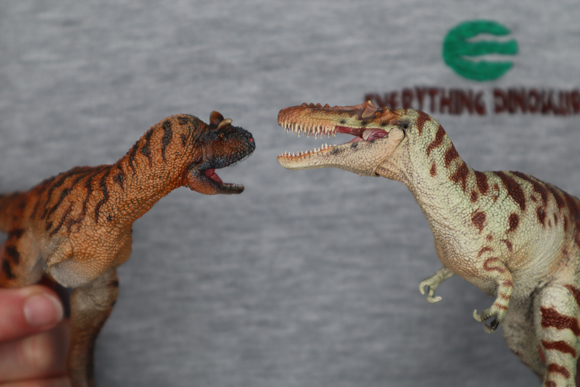
Picture credit: Everything Dinosaur
The two theropod dinosaur figures shown above come from the PNSO model range.
To view this range: PNSO Age of Dinosaurs Models and Figures.
Everything Dinosaur and Developing Fine Motor Skills
Everything Dinosaur’s set of plastic dinosaur skeletons make a great set of resources to help develop fine motor skills. Our skeleton set features twelve different prehistoric animal models and these little plastic dinosaurs have been used in all sorts of activities to help encourage fine motor control. From making casts in modelling clay to pretending to excavate a fossil in the sand pit, these sturdy figures are great for imaginative, creative play and just the right size for little hands to manipulate.
To view the skeleton set and the extensive range of learning orientated dinosaur-themed resources available: Everything Dinosaur.
Points to Remember – Top Tips
When it comes to handwriting, some children are going to be able to develop the appropriate skill set more quickly than others, but don’t worry – practice makes perfect. Children develop at different rates, one sibling may develop more quickly than another. Many children will need to work on their fine motor skills for some time in order to build up the strength and coordination required to tackle writing. Parents, guardians and grandparents can assist in his process by encouraging the child through creative, imaginative play with small objects that require manipulation.
For dinosaur themed children’s toys and games: Dinosaur Themed Toys, Games and Gifts.


